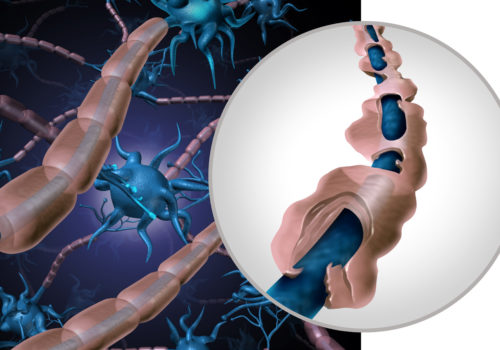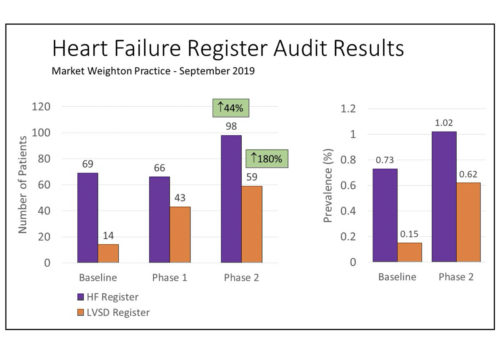Unstable angina describes a syndrome that is intermediate between stable angina and myocardial infarction: an accelerating or ‘crescendo’ pattern of chest pain that lasts longer than stable angina, occurs with less exertion or at rest, or is less responsive to medication. Unstable angina – like myocardial infarction – is an acute coronary syndrome (ACS), in contrast to stable angina, which is a chronic condition. It affects approximately six out of every 10,000 people. In this article, we review what causes unstable angina and how it should be diagnosed and treated.























